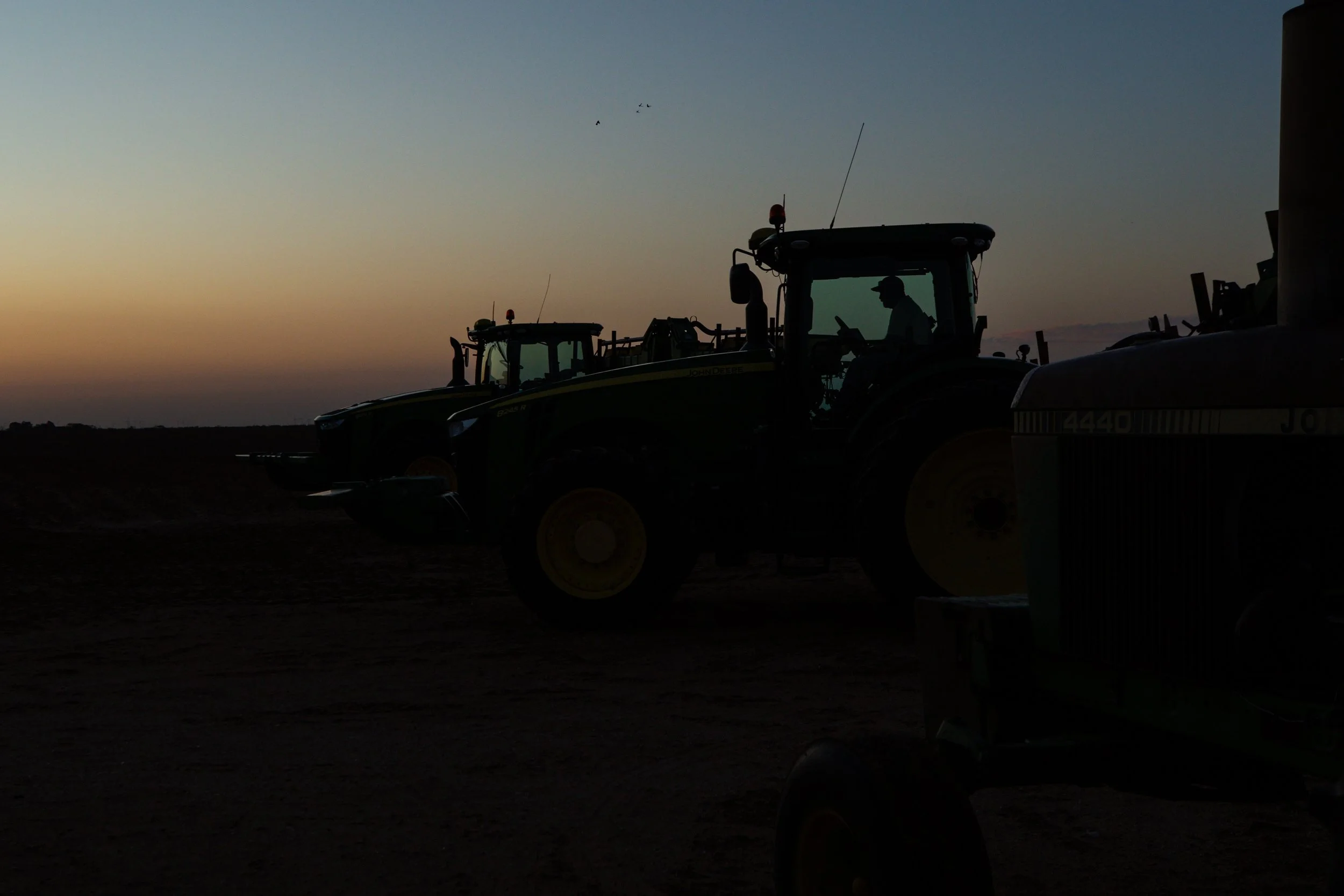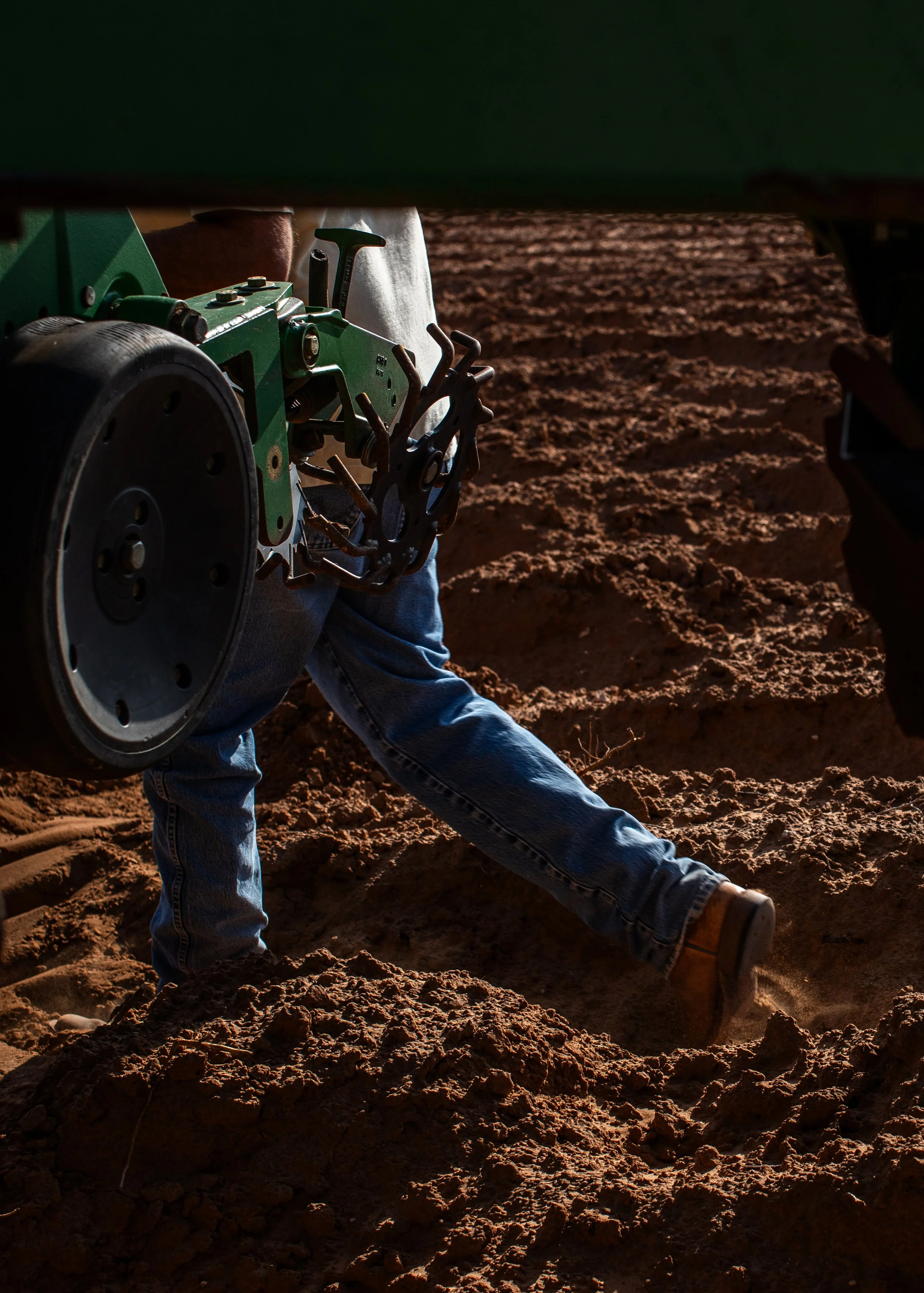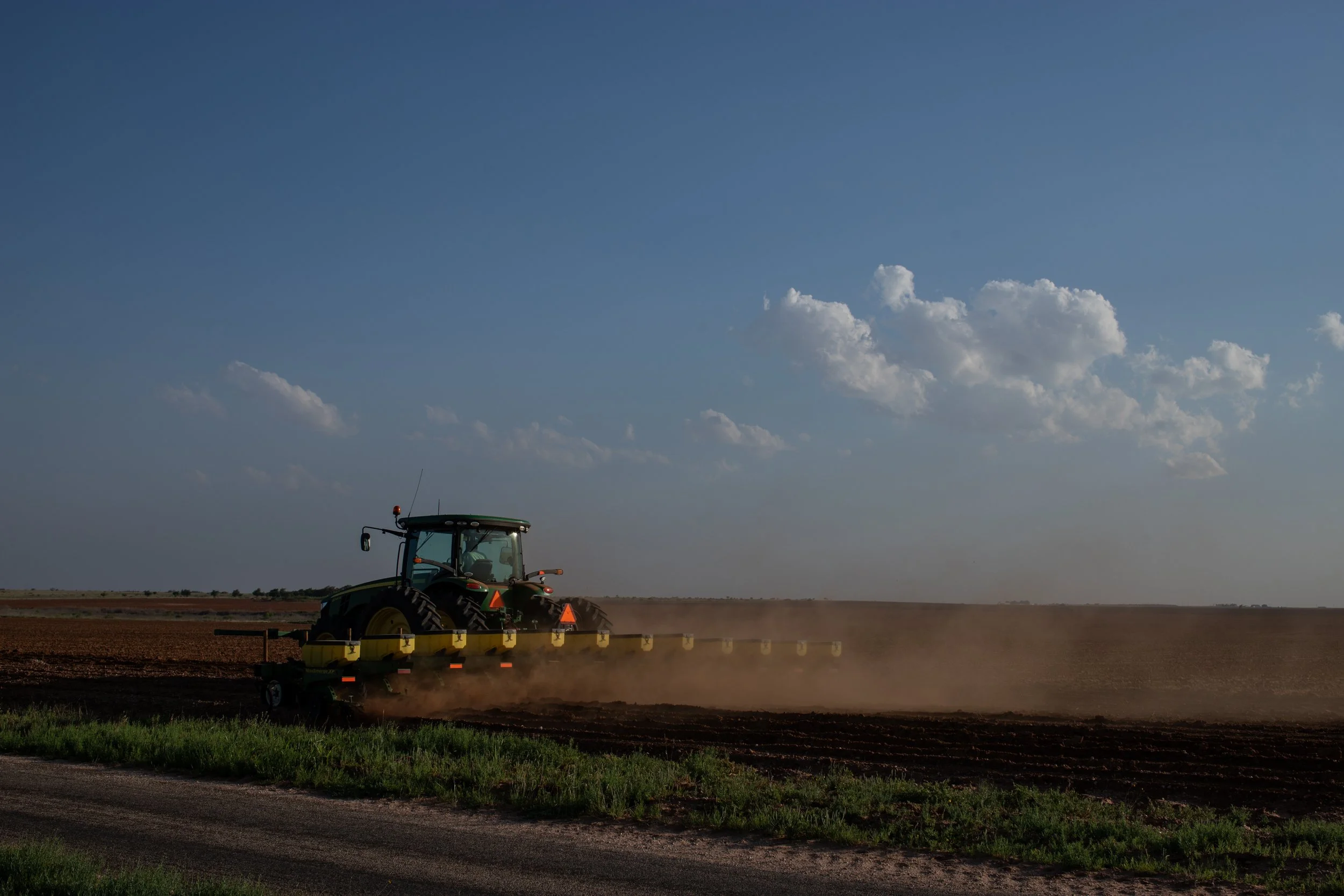
“I would discourage you from being in agriculture.”
My dad wakes up before the sun most days to drive an hour to the farmland our family has worked for nearly a century.
Mike Greenlee, 52, is the latest generation to take up farming in the Texas Panhandle where he cultivates cotton without irrigation on about six sections. Neither my sister nor I will continue farming once he retires.
“If you want to [farm] I would absolutely help either one of you but I would discourage both of you from doing it because of the ups and the downs,” Greenlee said. “There are far more valleys than mountaintops in agriculture, a lot of it you have no control over.”
Greenlee’s mother never outright told him not to take up the family business, but he could sense her hesitation. He started farming alongside his father, Derryl Greenlee, after graduating from Texas Tech in 1995.
Fifty years ago, one of Greenlee’s grandfather’s relatives made a living farming one section of land, or about 600 acres. Today, Greenlee has to work about 4,000 acres to see the same returns.
“Is it sustainable as far as a family business? Maybe, but pretty much like everything else I think you have to grow to be sustainable,” Greenlee said. “If you’re stagnant or just looking for a way out, you’re not going to be there very long, you have to get bigger because the margins are slimmer.”
Cotton prices average out around 70 cents per pound, but some years can get as high as $1.10, according to Greenlee. If prices fall below or near the cost of production most farmers rely on government subsidies and crop insurance though it doesn’t always cover their losses. If a weather event bringing precipitation to the land ruins a crop, sometimes farmers will try and replant the area with something that requires a shorter growing season but only one crop is insurable annually.
“I do my best to produce as good of a crop as I can with no irrigation, but I have zero control over the price, I have zero control over the price of my inputs, I try to make as most as I can and then I go to someone and say, ‘hey, what will you give me for it?” Greenlee said of fluctuating commodity prices. “Maybe once out of every 10 years you get a really good crop and it will pick up some slack from leaner years.”






